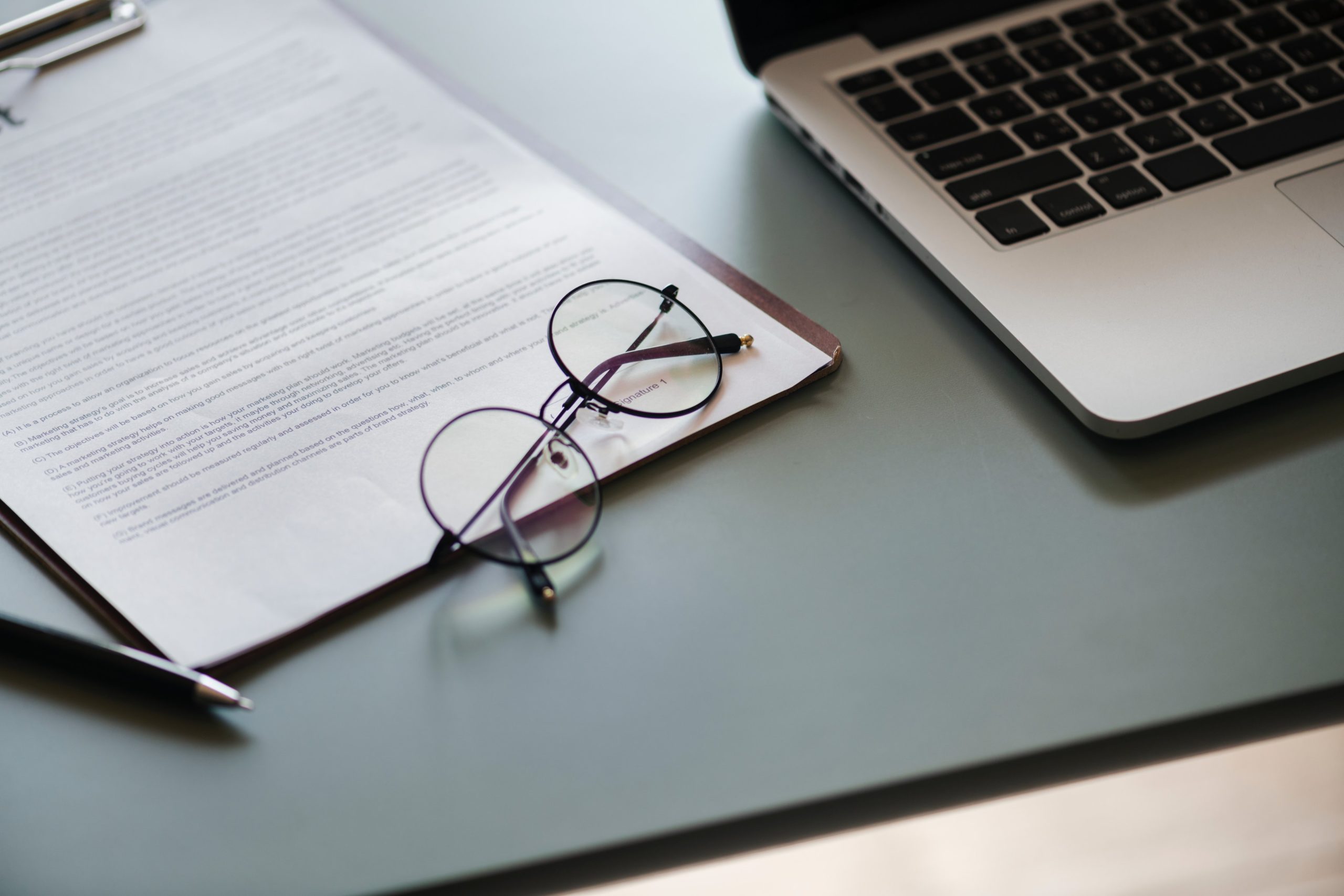
Protecting intellectual property in the arts can be a complex and challenging task, as it involves a wide range of legal and practical considerations. However, there are several steps that artists and creators can take to safeguard their intellectual property rights.
One of the most important steps in protecting intellectual property in the arts is to understand and be familiar with the different types of intellectual property rights that are relevant to the creative process. These include:
- Copyright: Copyright protects original literary, dramatic, musical, and artistic works, including paintings, sculptures, photographs, films, and recordings. Copyright gives the copyright holder the exclusive right to reproduce, distribute, and display the work.
- Trademark: Trademarks are used to identify and distinguish the source of goods or services. This can include logos, names, and slogans that are used in connection with the sale of goods or services.
- Patent: Patents protect new, useful, and non-obvious inventions, such as a new design or process.
Another important step in protecting intellectual property in the arts is to register the work with the appropriate government agency. For example, copyright registration is recommended in order to be able to claim statutory damages and attorney’s fees in case of infringement. Trademark registration allows the owner to prevent others from using similar marks and to take legal action against infringers. Patent registration gives the inventor the right to exclude others from making, using, selling, and importing the invention for a certain period of time.
It is also important for artists and creators to use proper labeling and notice of copyright or trademark on their works. This can include including a copyright notice, such as the copyright symbol, the year of first publication, and the name of the copyright owner, on the work.
Another way of protecting intellectual property in the arts is to use contracts and agreements to clearly define the rights and responsibilities of all parties involved in the creative process. This can include contracts for the sale or licensing of the work, as well as contracts for the production or distribution of the work.
It is also essential for artists and creators to be aware of the potential risks and challenges of working in the digital age. This includes understanding the potential risks of online piracy and digital infringement, and taking steps to protect the work online. This can include using digital rights management technologies, as well as monitoring the internet for infringement and taking legal action when necessary.
Finally, it is important for artists and creators to be aware of their rights and to take action to protect them. This can include seeking legal advice and representation, and taking legal action when necessary to enforce their rights and protect their intellectual property.
In conclusion, protecting intellectual property in the arts requires a thorough understanding of the different types of intellectual property rights that are relevant to the creative process, such as copyright, trademark, and patent. It also involves registering the work with the appropriate government agency, using proper labeling and notice of copyright or trademark, using contracts and agreements to clearly define the rights and responsibilities of all parties involved in the creative process, being aware of the potential risks and challenges of working in the digital age and taking action to protect their rights by seeking legal advice and representation when necessary to enforce their rights and protect their intellectual property.
Shafiq Taibjee
Lawyer/Arbitrator/Mediator/Certified Islamic Arbitrator and Expert
Honorary Fellow IICRA –UAE
